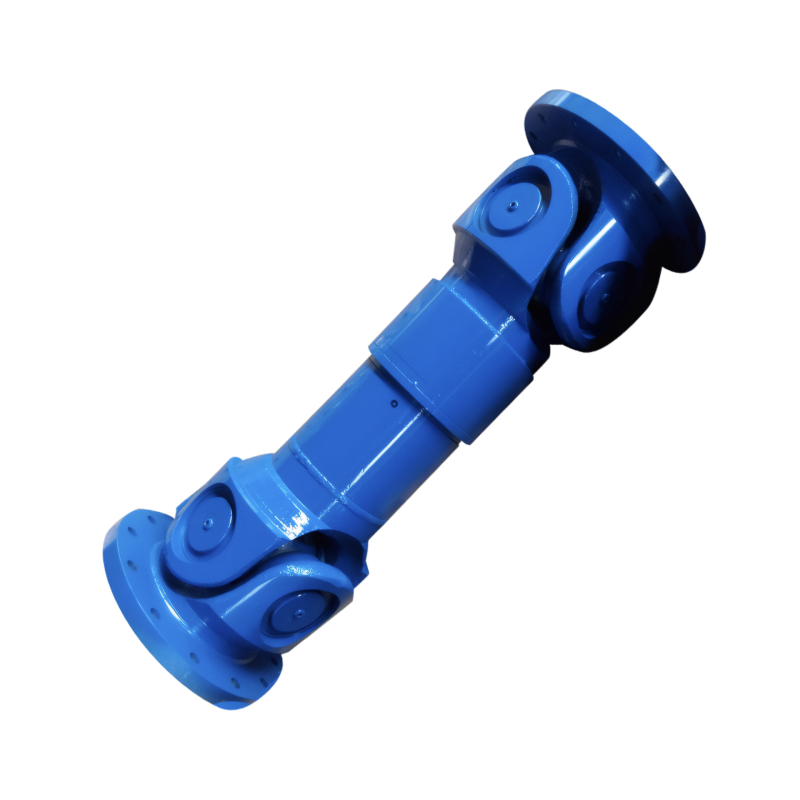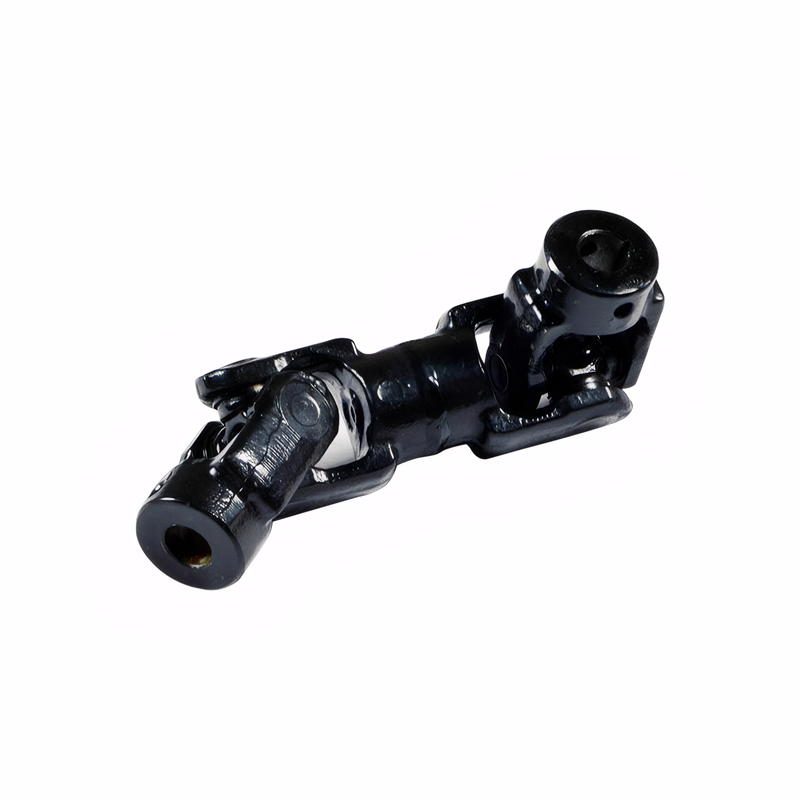Selection of the type of drive shaft bearings
Selection Criteria for Drive Shaft Bearings in Automotive Applications
Drive shaft bearings play a pivotal role in automotive powertrain systems by supporting rotational components while accommodating dynamic loads and angular misalignments. The selection of appropriate bearing types depends on multiple factors, including load characteristics, operating conditions, and system design requirements. This analysis examines key considerations for choosing drive shaft bearings in automotive applications.
Load-Bearing Capacity and Direction
Radial and Axial Load Distribution
Drive shafts typically experience combined radial and axial loads during operation. For applications requiring high radial load capacity with moderate axial loads, cylindrical roller bearings are often preferred due to their line contact design and ability to distribute loads evenly. These bearings excel in heavy-duty truck drive shafts, where they withstand torsional stresses from engine torque transmission. In contrast, tapered roller bearings demonstrate superior performance in scenarios with significant axial forces, such as rear-wheel-drive vehicles where the drive shaft must manage thrust loads during acceleration and deceleration.
Combined Load Solutions
When both radial and axial loads reach high magnitudes, double-row angular contact ball bearings provide an optimal solution. These bearings feature two contact angles that distribute loads across multiple rolling elements, reducing stress concentrations. This design proves particularly effective in four-wheel-drive systems, where the drive shaft must transmit power to multiple axles while compensating for steering-induced angular variations. The ability to handle misalignment makes these bearings suitable for off-road vehicles operating on uneven terrain.
Operating Speed and Temperature Requirements
High-Speed Applications
Automotive drive shafts in performance vehicles often rotate at speeds exceeding 8,000 RPM. For such applications, deep groove ball bearings offer advantages due to their low friction coefficients and high limiting speeds. These bearings minimize heat generation through point contact between rolling elements and raceways, making them ideal for sports cars with high-revving engines. Additionally, hybrid ceramic ball bearings (using silicon nitride rolling elements) further reduce operating temperatures by 40% compared to steel alternatives, extending bearing life in extreme conditions.
Thermal Management Strategies
In heavy-duty commercial vehicles, drive shaft bearings must operate reliably under sustained high temperatures generated by continuous power transmission. Self-aligning roller bearings address this challenge through their spherical outer ring design, which accommodates thermal expansion without compromising load distribution. This feature prevents premature failure caused by differential heating between inner and outer races. Some advanced designs incorporate graphite lubrication plugs that release solid lubricant at elevated temperatures, ensuring consistent performance during prolonged operation.
Environmental and Maintenance Considerations
Corrosion Resistance Needs
Vehicles operating in coastal regions or winter road salt conditions require bearings with enhanced corrosion protection. Stainless steel deep groove ball bearings provide superior resistance to saltwater and chemical exposure, making them suitable for marine applications or utility vehicles in harsh environments. For extreme cases, polymer-coated bearings offer complete protection against corrosive agents while maintaining mechanical properties. These coatings have demonstrated 10-year service life in salt spray tests, outperforming traditional zinc plating by 300%.
Maintenance Interval Optimization
Fleet operators prioritize bearings with extended service intervals to minimize downtime. Sealed-for-life deep groove ball bearings eliminate the need for periodic relubrication by incorporating high-performance grease with a service life exceeding 100,000 kilometers. This design proves particularly valuable in taxi fleets and delivery vehicles, where maintenance accessibility is limited. For applications requiring field replacements, split-housing cylindrical roller bearings enable quick servicing without disassembling the entire drive shaft assembly, reducing labor costs by up to 60%.
Advanced Design Innovations
Magnetic Bearing Integration
Emerging electric vehicle platforms are exploring active magnetic bearings for drive shaft applications. These non-contact solutions eliminate mechanical friction entirely, improving system efficiency by 2-3% compared to traditional bearings. While currently limited to high-end luxury models due to cost considerations, magnetic bearings offer virtually unlimited service life and zero maintenance requirements. Some prototypes have demonstrated 500,000-kilometer reliability in laboratory testing, representing a paradigm shift in automotive bearing technology.
Smart Sensing Capabilities
The rise of connected vehicle technologies has spurred development of sensor-integrated bearings that monitor operating conditions in real time. These smart bearings incorporate vibration sensors and temperature probes to detect early signs of wear or lubrication degradation. Data analytics platforms can then predict maintenance needs with 90% accuracy, enabling proactive component replacement before catastrophic failures occur. This predictive maintenance approach has reduced drive shaft-related breakdowns by 75% in pilot programs with commercial trucking fleets.
 The structure of the middle su
The structure of the middle su
 The connection method of the d
The connection method of the d
 The function of the splined sh
The function of the splined sh
 Check for deviation of the dri
Check for deviation of the dri

